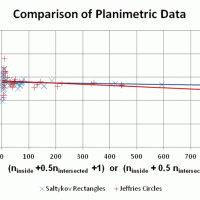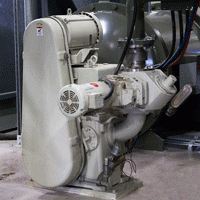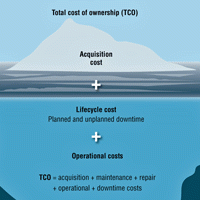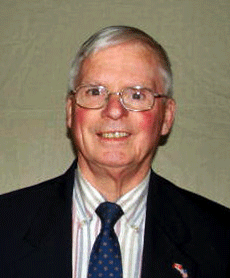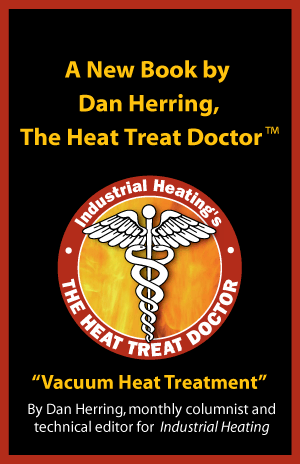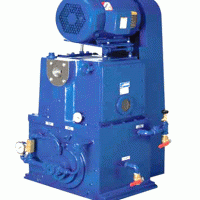The two previous articles covered methods for measuring grain size that have been incorporated into ASTM E112 for many years. The Jeffries planimetric method was introduced into standard E2 in 1917 – Committee E-4’s first standard. Zay Jeffries was a founding member of the committee and had published several articles about the method, which he learned from his PhD advisor, Albert Sauveur, the dean of American metallographers.
This method is precise, but a bit slow for production work because the grains must be marked off as they are counted manually. The method, however, can be modified for image analysis work. The second method was the Heyn intercept method, which was developed in Germany in 1903 and was mentioned briefly in ASTM E2, but not described in detail, when published in 1917. The intercept method was later modified by John Hilliard and then by Halle Abrams. The Abrams three-circle intercept method is used in production work as the intercepts (or intersections) do not need to be marked off on a template when counted. But, the writer recently has introduced the Saltykov rectangle to E112 as it can yield accurate grain size measurements down to fewer counts per field than the other two methods. As with the Jeffries method, the Saltykov method does require marking of the grains for accurate counting, although it, too, can be used by image analysis.

